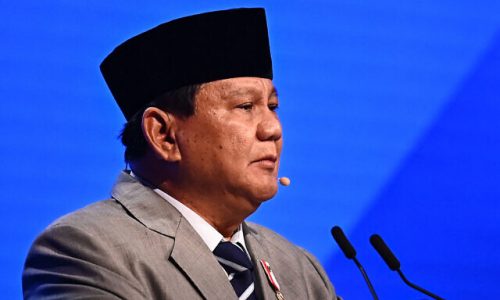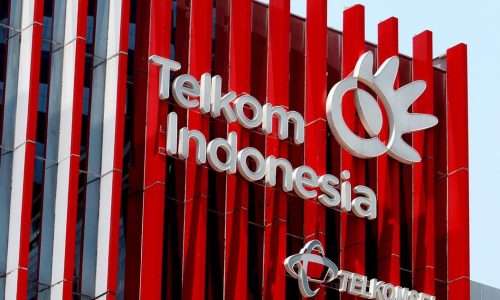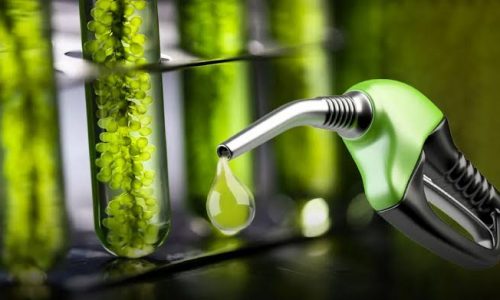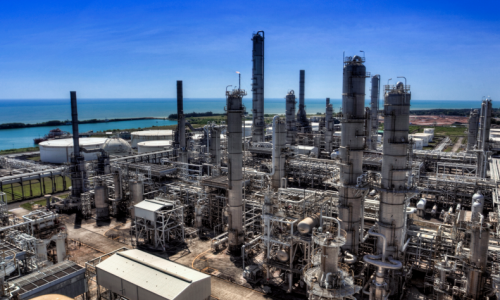Indonesia’s Special Task Force for Upstream Oil and Gas Business Activities (SKK Migas) is strategically mapping the upward trend of uncommitted liquefied natural gas (LNG) over the next decade.
Based on the Ministry of Energy and Mineral Resources’ (ESDM) LNG balance, uncommitted LNG production is projected to reach 304.6 cargos by 2030.
This projection represents the highest record of unsold LNG cargoes, aligning with the increasing trend in domestic gas production over the past few years.
“This is gas reserves without buyers, possibly due to ongoing buyer search, newly proven by exploration activities, or the absence of current buyers,” stated Shinta Damayanti, Secretary of SKK Migas.
By 2030, LNG production is estimated to reach 432.6 cargos, with domestic and export LNG contracts remaining steady at 62 and 66 cargos, respectively.
This estimate reflects a significant increase from next year’s LNG balance, where unsold LNG is expected to be around 19.8 cargos based on a 260.1 cargo production assumption.
In 2024, the export LNG contract is projected to reach its peak at 173.4 cargos, while domestic contracts will be at 67 cargos.
Shinta explained that SKK Migas is actively working to channel gas from various production fields to meet domestic needs, particularly for industry and electricity.
Furthermore, the government has identified the potential to redirect gas for further downstream use, such as in the fertilizer industry and other gas derivatives.
“This is the potential supply or undeveloped discoveries that have been mapped and proven but lack a Plan of Development (PoD) and buyers. It’s an asset for the future that needs to be mapped and ensured for further downstream use,” she said.
Previously, Tutuka Ariadji, the Director-General of Oil and Gas at the Ministry of Energy and Mineral Resources stated that the government is continuously increasing gas utilization for domestic industrial needs.
These efforts have been evident in the declining LNG export and domestic contracts for the next decade until 2035. However, even at that point, uncontracted LNG cargoes are expected to remain high at 227.6 cargos.
In comparison, LNG production in 2035 is estimated to reach 262.6 cargos, with domestic LNG contracts at 18 cargos and export contracts at 17 cargos.
“So the national demand is around 6,000 MMscfd. With downstream use, it’s expected to increase, enhancing the competitiveness of the domestic industry,” said Tutuka.
As of August 2023, domestic natural gas utilization volume reached 3,725 BBtud, showing a consistent increase since 2012.
Total natural gas lifting from January to August 2023 amounted to 5,446.90 BBtud, with most of the domestic gas utilization being in the industrial sector (28.52%), followed by fertilizers (12.62%), and electricity (12.22%).
Meanwhile, the export share of national natural gas utilization includes LNG (23.43%) and piped gas (8.18%).









